
Beauties of the Night (2016)
What happened to those vedettes who represented the mexican cabaret’s exotic beauty in the ‘70s and ‘80s? Four decades after the end of their roles, they tell their stories with dignity.

What happened to those vedettes who represented the mexican cabaret’s exotic beauty in the ‘70s and ‘80s? Four decades after the end of their roles, they tell their stories with dignity.
 Olga BreeskinAs Self
Olga BreeskinAs Self Lyn MayAs Self
Lyn MayAs Self Rossy MendozaAs Self
Rossy MendozaAs Self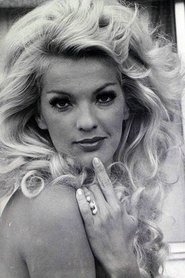 Wanda SeuxAs Self
Wanda SeuxAs Self
The story of those Italian women who, for eighty years, have fought against power in all its forms.
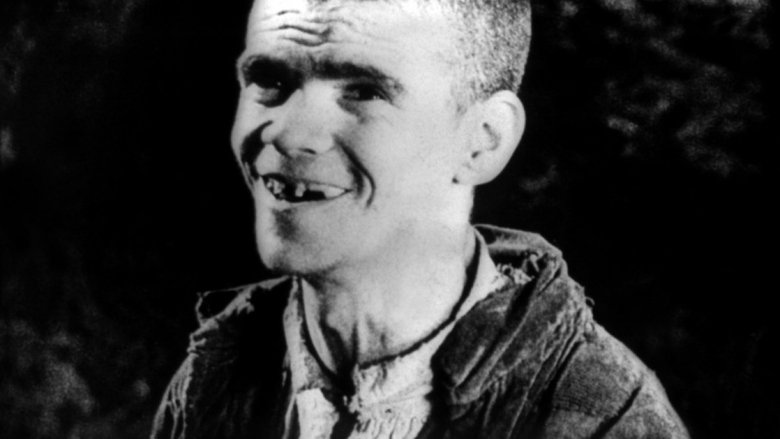
An exploration —manipulated and staged— of life in Las Hurdes, in the province of Cáceres, in Extremadura, Spain, as it was in 1932. Insalubrity, misery and lack of opportunities provoke the emigration of young people and the solitude of those who remain in the desolation of one of the poorest and least developed Spanish regions at that time.

Facts about American police officers

Joan Manuel Serrat fled to Mexico when Franco ordered his persecution. In Argentina and Chile, his commitment against military regimes is still remembered. Joaquín Sabina arrived later. His poetry bewitched the audience. In Argentina, he is a tango singer as much as a rocker; in Mexico, the mariachis sing their songs. The former is a symbol, a venerated figure; the latter is a “cuate,” as they say in Mexico, a buddy with whom you can always count.

Women are sexually insulted and threatened by men every day. Experts around the world are registering an anti-feminist backlash that seems to be on the verge of becoming socially acceptable. Particularly affected: women in publicly visible positions – such as politicians, actresses or entrepreneurs. Who is behind the attacks and what are the motives?
Will Cubans be able to safeguard their heritage of pristine Nature and preserved ecological treasures under this new era, as they are facing the combined pressure of money and tourism? What policies can be implemented to maintain the island’s spectacular wilderness?
The first film in what would ultimately become Zilnik’s famed Kenedi trilogy follows street hustler Kenedi Hasani and his friend as they roam the streets of Serbia seeking Kenedi’s parents. Kenedi Goes Back Home is Zilnik’s account of the Roma people who were forced to flee from the war in the Balkans to Germany in the 1990s and who, ten years later, are forced against their will to return to Serbia. Zilnik shows the immigrants' lives in relation to the prevailing ideology shaped today by the borders between rich and poor and by the often-racist selection process that determines who will be accepted into Western Europe. In presenting the dilemmas and identifying the crises these people face, he appeals for a solution.
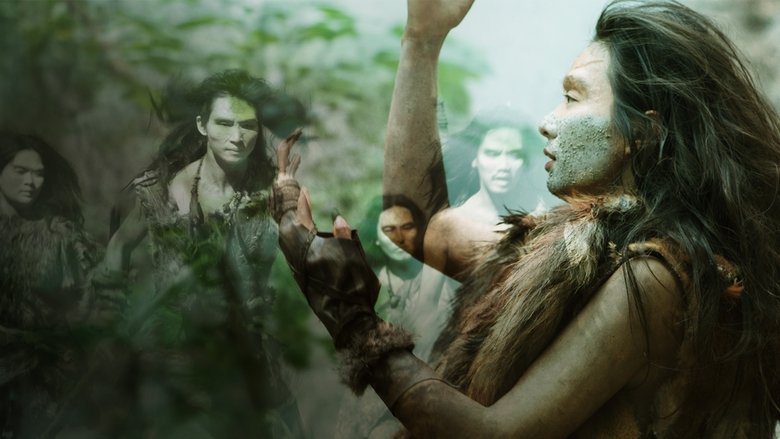
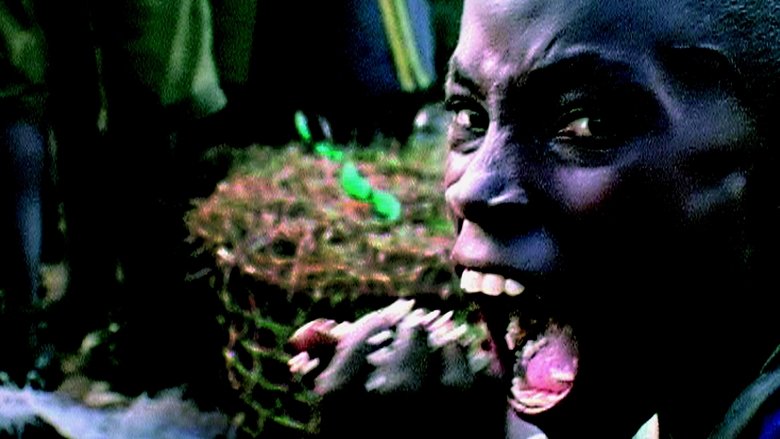
Africa in the sixties. The Nile perch, a ravenous predator, is introduced into Lake Victoria as a scientific experiment, causing the extinction of many native species. Its meat is exported everywhere in exchange for weapons, creating a globalized evil alliance on the lake shores. An infernal nightmare in the real world that wipes out Darwin's Theory of Evolution.
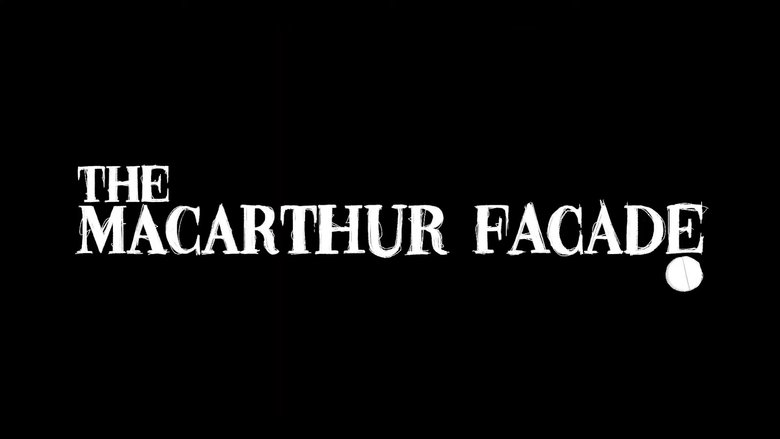
An amateur documentary crew dive into a growing opioid epidemic within Australia's Capital only to discover horrifying truths.
In the 1920s, former coal miner Harry Hoxsey claimed to have an herbal cure for cancer. Although scoffed at and ultimately banned by the medical establishment, by the 1950s, Hoxsey's formula had been used to treat thousands of patients, who testified to its efficacy. Was Hoxsey's recipe the work of a snake-oil charlatan or a legitimate treatment? Ken Ausubel directs this keen look into the forces that shape the policies of organized medicine.
In 2009, 1,176 Atlanta teachers were investigated for test cheating; 35 were indicted, 12 went to trial and 11 were found guilty on RICO charges, which are typically reserved for the mafia and drug lords. The guilty, serving 30-year sentences, finally break their silence in this tell-all, controversial film that takes a closer look at the legislations called No Child Left Behind, the politics behind it, and a race and power struggle that spawned one of the most complex scandals in American history.

After Porn Ends 3 continues to explore whether a career as an adult performer is inherently damaging to the balance of a perfomer's life once retired.
Sentinels of Silence is a 1971 short documentary film on ancient Mexican civilizations. The film was directed and written by Mexican filmmaker Robert Amram, and is notable for being the first and only short film to win two Academy Awards.
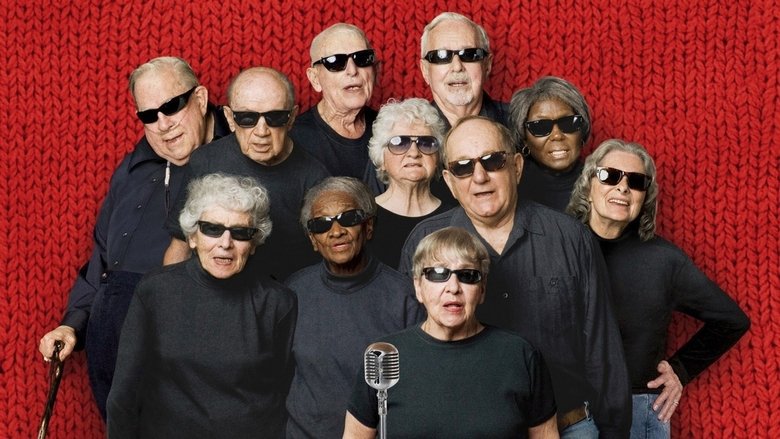
Documents the true story of the final weeks of rehearsal for the Young at Heart Chorus in Northampton, MA, and many of whom must overcome health adversities to participate. Their music goes against the stereotype of their age group. Although they have toured Europe and sang for royalty, this account focuses on preparing new songs for a concert in their hometown.
With an off beat sense of humour, the film looks at the politics and glamour of lipstick and the dilemmas of the modern woman in a marketed world.
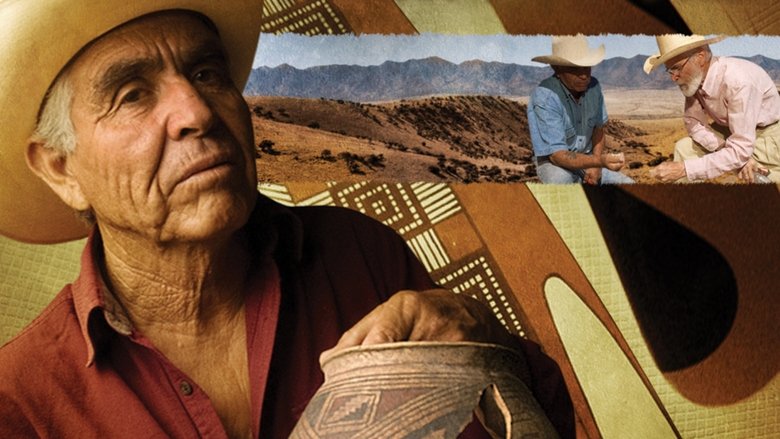
The Emmy-winning story of how an American treasure hunter and a Mexican artist transformed a dying desert village into a home for world-class art.

Documentary and reflection about the effects of technology.
